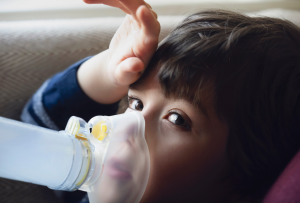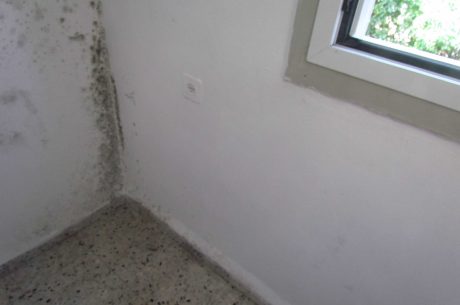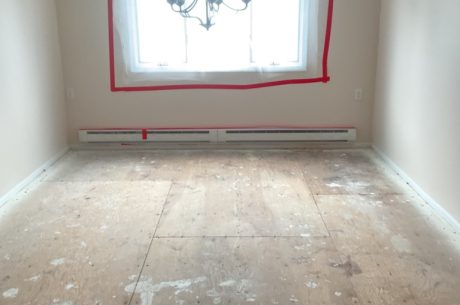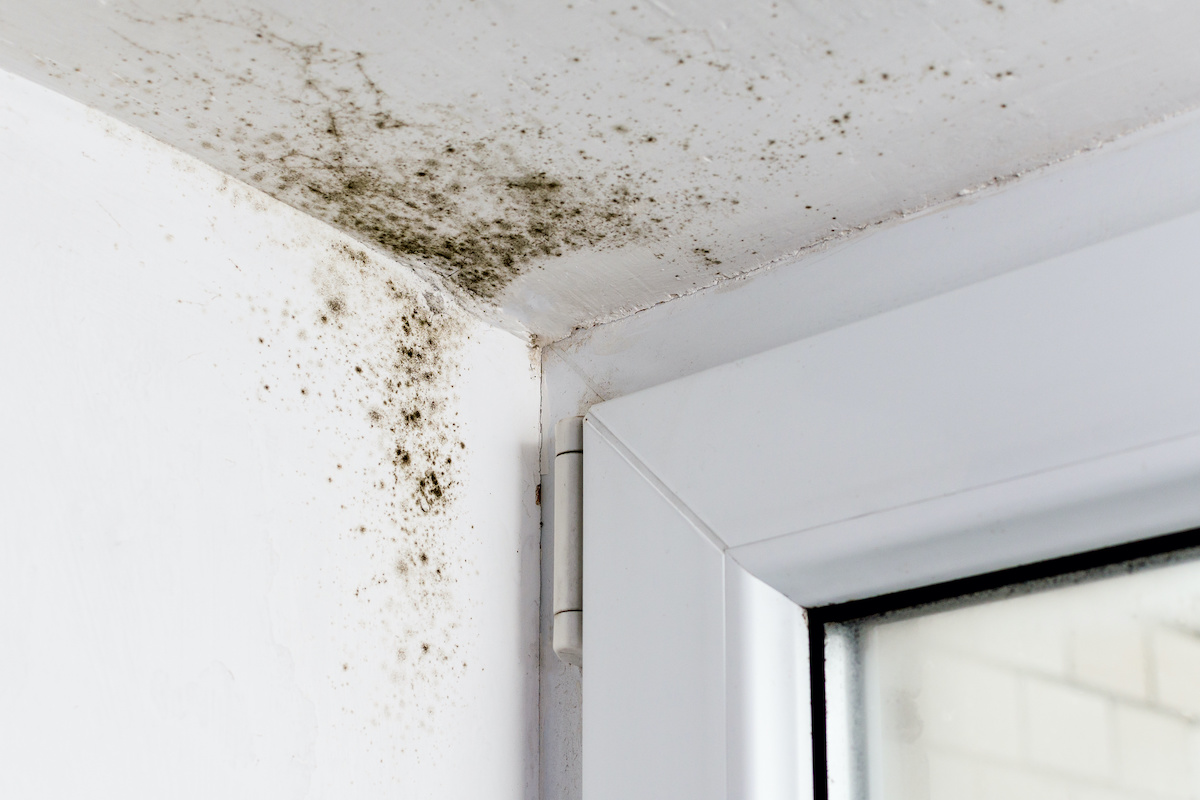Effects of Black Mold on Children and Pets
In the realm of household hazards, black mold often lurks in the shadows, unseen yet potent. While it may seem innocuous at first glance, its effects can permeate the health of our loved ones, especially the vulnerable ones – our children and pets. The insidious nature of black mold lies in its ability to thrive unnoticed in damp, dark corners, silently releasing spores that can wreak havoc on respiratory systems and overall well-being.
In this blog post, we embark on an exploration of the long-term consequences of black mold exposure specifically on children and pets. As responsible guardians of both human and furry family members, understanding these risks is paramount to safeguarding their health and ensuring a safe living environment. Let’s delve deeper into the hidden dangers that black mold poses and shed light on the importance of proactive measures to mitigate its harmful effects.
Mold exposure can cause a myriad of health issues, ranging from mild discomfort to severe respiratory problems and even neurological symptoms. For children and pets, who often spend more time indoors and have developing immune systems, the effects can be particularly pronounced.
Respiratory problems are among the most common manifestations of mold exposure. Prolonged inhalation of mold spores can irritate the airways, leading to symptoms such as coughing, wheezing, and shortness of breath. In children, whose airways are smaller and more sensitive, these symptoms can be exacerbated, potentially leading to asthma or worsening existing respiratory conditions.
Moreover, black mold produces mycotoxins, toxic substances that can have wide-ranging effects on the body. These mycotoxins can cause inflammation, weaken the immune system, and even affect neurological function. Children and pets, with their smaller bodies and developing brains, may be more susceptible to the neurotoxic effects of mold exposure, leading to cognitive difficulties, behavioral changes, and learning disabilities.
In addition to respiratory and neurological issues, mold exposure has been linked to skin irritation, allergies, and exacerbation of existing conditions such as eczema. For pets, who often groom themselves by licking their fur, mold exposure can also lead to gastrointestinal problems if ingested.
Did you know?
findings from the Centers for Disease Control and Prevention revealed a staggering statistic in 2021? At least 7,000 individuals in the United States succumbed to mold and fungal infections, with over 75,000 individuals requiring hospitalization annually. These numbers underscore the significant impact of mold-related illnesses on public health, urging us to prioritize awareness and prevention measures.
Can Mold Really Kill?
Regrettably it can, the prevalence of mold-related illnesses is on the rise in the United States. One particularly concerning type of indoor mold, candida auris, has emerged with a mortality rate reaching as high as 60 percent. Shockingly, reported cases of candida auris exposure surged from a mere 10 in 2015 to a staggering 700 in 2020 alone. Tragically, other varieties of indoor mold have also contributed to the loss of too many lives.
Long-Term Effects of Black Mold on Children and Pets
How Does Black Mold Impact Children’s Health?
Exposure to black mold can significantly affect a child’s well-being through inhalation, ingestion, or contact with mold spores on the skin or eyes. According to the Centers for Disease Control (CDC), black mold exposure is associated with respiratory illness, particularly in otherwise healthy children. Furthermore, it can trigger the development of asthma, especially in children with genetically compromised immune systems.

How to Identify Symptoms of Black Mold Exposure in Children:
Allergic Reactions:
Children allergic to black mold may exhibit symptoms like sneezing, runny noses, itchy eyes, and develop coughs or wheezing as their first signs of exposure.
Respiratory Issues:
Mold toxins can exacerbate respiratory problems. Asthmatic children may experience intensified symptoms including wheezing, coughing, chest tightness, and shortness of breath when exposed to black mold.
Irritant Reactions:
Children with heightened health sensitivities can suffer from irritant reactions, manifesting as skin and eye irritations, itching, rashes, or headaches due to black mold exposure.
Neurological Symptoms:
Mold toxins can also impact neurological function, leading to symptoms such as memory problems, anxiety, depression, trembling or shaking, numbness, disorientation, shortened attention span, slow reflexes, and dizziness in affected children.
Recognizing these symptoms is crucial for early intervention and ensuring the well-being of children exposed to black mold.
How Do Black Mold Spores Affect Pets?
Just as black mold spores pose health risks to humans, our furry companions are also susceptible to their detrimental effects. Pets can inhale, ingest, or come into contact with mold spores, leading to a range of health issues. Respiratory problems are common, with symptoms including coughing, wheezing, and difficulty breathing.
Additionally, pets may experience skin irritation, itching, and rashes due to mold exposure. In severe cases, ingestion of mold-contaminated food or water can cause gastrointestinal issues. Moreover, prolonged exposure to mold toxins can affect pets’ immune systems and lead to chronic health problems. As beloved members of our families, it’s essential to be vigilant about mold growth in our homes to protect the health and well-being of our pets.
Where to Find Black Mold in Homes?
Black mold thrives in damp, humid environments, making certain areas of our homes prime breeding grounds.
Common places to find black mold include:
Bathrooms: Particularly around showers, tubs, sinks, and toilets where moisture accumulates.
Basements: Poor ventilation and potential water leaks make basements susceptible to mold growth.
Attics: Roof leaks or inadequate insulation can create conditions conducive to mold growth in attics.
Crawlspaces: Poor ventilation and moisture can lead to mold growth in crawlspaces.
Kitchen: Areas around sinks, dishwashers, and refrigerators where water can accumulate are prone to mold growth.
Regular inspection of these areas, especially after water leaks or flooding, can help identify and address mold growth before it becomes a significant problem.
How to Handle Mold Issues in My Home
If you suspect or discover mold growth in your home, taking prompt action is crucial to prevent its spread and protect your family’s health.
Here are steps to handle mold issues effectively:
Identify and Address the Source: Determine the cause of moisture accumulation and fix any leaks or water damage.
Containment: Isolate the affected area to prevent mold spores from spreading to other parts of the house.
Remove Mold: Depending on the extent of the contamination, you may need to hire professionals for thorough mold remediation. For smaller areas, you can clean surfaces with detergent and water or use mold-killing products.
Ventilation: Ensure proper ventilation in moisture-prone areas like bathrooms, kitchens, and basements to prevent future mold growth.
Monitor and Prevent: Regularly inspect your home for signs of mold growth and take preventive measures such as controlling humidity levels and using dehumidifiers.
By addressing mold issues promptly and effectively, you can create a healthier and safer living environment for you and your family.
Contact PuroClean For Professional Mold Remediation Services in New Jersey – (877) 750-7876
Black mold issues can pose a challenge to homeowners, but thankfully you don’t need to go about it alone. As “The Paramedics of Property Damage®,” PuroClean Emergency Recovery Services New Jersey is ready to assist you with professional mold mitigation services. Our technicians have extensive training in the most effective strategies to get rid of mold in your home safely and efficiently. If you spot mold in your bathroom or anywhere on your property, contact us on (877) 750-7876.




 PuroClean Emergency Recovery Services
PuroClean Emergency Recovery Services